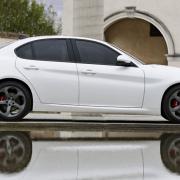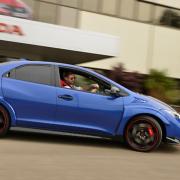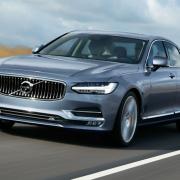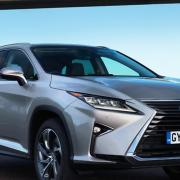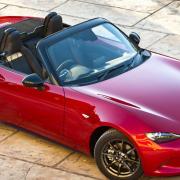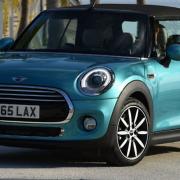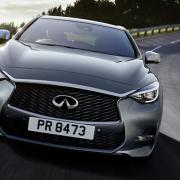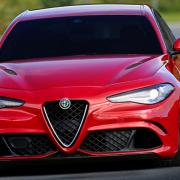Jaguar’s new version of the car that sparked the brand’s revival is a well-judged evolution, both driver and tax-friendly
JAGUAR’S pouncing bonnet emblem, known as The Leaper, is the British sporting brand’s famous hallmark. And Jaguar itself took a huge leap forward with the original 2008-vintage XF saloon, even if The Leaper itself went backwards – relegated to adorning the boot lid.
The XF’s styling ditched the tired old ‘trad Jag’ looks of the marque’s heyday – notably the twin-headlamp motif of the original XJ series – and Jaguar’s line-up has since revitalised and expanded.
Even at the first XF’s demise last year it still looked right, with its four-door coupe-style helping to inspire many similarly rakish coupe saloons.
Not surprisingly then, a resurgent Jaguar has evolved rather than revolutionised the XF’s stance, the approach usually taken by the marque’s German premium rivals anyway.
The second-generation car (from £32,300) simply looks slicker and smarter than before, with a new aluminium-intensive body, claimed to be at least 80kg – that’s roughly equivalent to the average UK male adult –lighter than the competition.
Its most frugal variant also has the lowest CO2 emissions of any non-hybrid rival (104g/km), attracting zero road tax in year one and £20 thereafter.
There’s also an impressive 70.6mpg official combined fuel economy, helped by exceptional aerodynamics, the Cd 0.26 drag co-efficient being on par with the snorting Nissan GT-R street racer and BMW’s ultra-green i8 supercar – not bad for a relatively affordable exec saloon.
Jaguar has also blitzed the only consistent beef about the old XF: cramped rear legroom for its size. Now it’s the sector leader for rear leg and headroom; there’s also generous width for three across the back, though the middle passenger will find his/her feet splayed by the floor tunnel unless they rest their feet there and travel ‘knees up’.
This hasn’t bought at the expense of boot space either: the XF destroys its obvious rivals by offering 540 litres; the Audi A6 and BMW 5 Series saloons manage just 375, while only the Mercedes-Benz E-Class gets close, with 490. The driver is now faced by an all-new 10.2-inch touchscreen for an intuitive infotainment system at the centre of one of the best-arranged cabins in class, including plenty of stowage space.
However, it’s a drabber place this time, with Jaguar seemingly influenced by unimaginative German rivals, rather than seeking a point of difference. There’s not much doubt of a lead on the road, however: the XF is probably the finest mix of handling and comfort in its class and would be a worthy upholder of Jag’s famous ‘Grace, Pace and Space’ slogan this time around were it not for the unedifying noise of the 163PS diesel fitted to the test car.
It’s the lower output option of the impressively economical and tax-beating all-new 2.0-litre oil burners offered in the XF, but mars the experience delivered by the nicely judged chassis and overall lightness of the car. Nevertheless, many company car user choosers will ignore this in favour of the car’s excellent benefit-in-kind tax benefits.
They might like to check if the auto ‘box is preferable to the test car’s manual unit, which was light to the point where I worried at the ease with which reverse might be engaged rather than first; more exacting selection is needed.
Jaguar XF
Prices from: £32,300
Model featured: R-Sport 2.0i 163PS Manual £34,200
Power: 161bhp and 0-60mph in 8.2 seconds
Engine: 1,999cc turbodiesel
Fuel consumption: 70.6mpg combined cycle
Road tax: £20/year (zero in year one)
Best rival: BMW 5 Series
w




